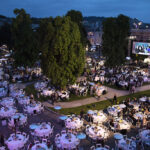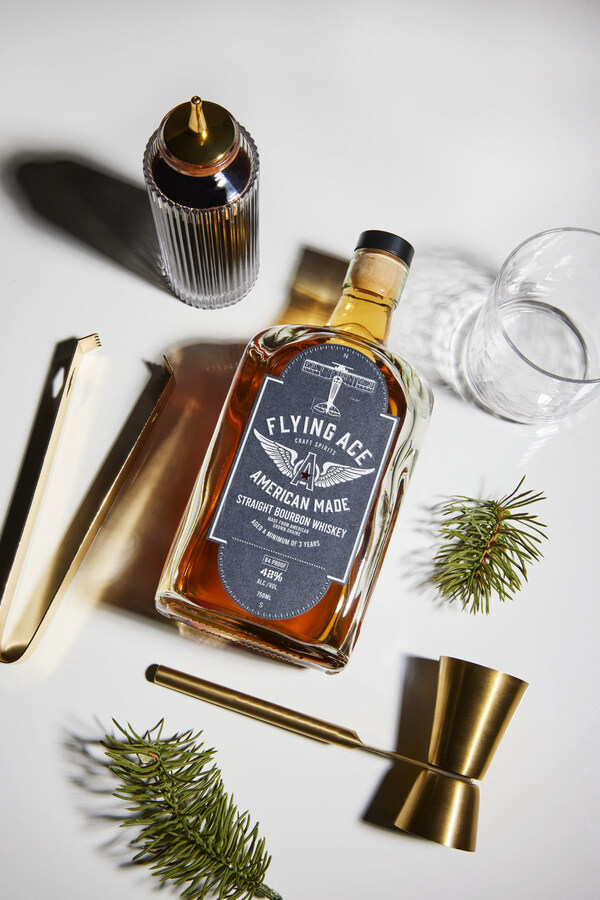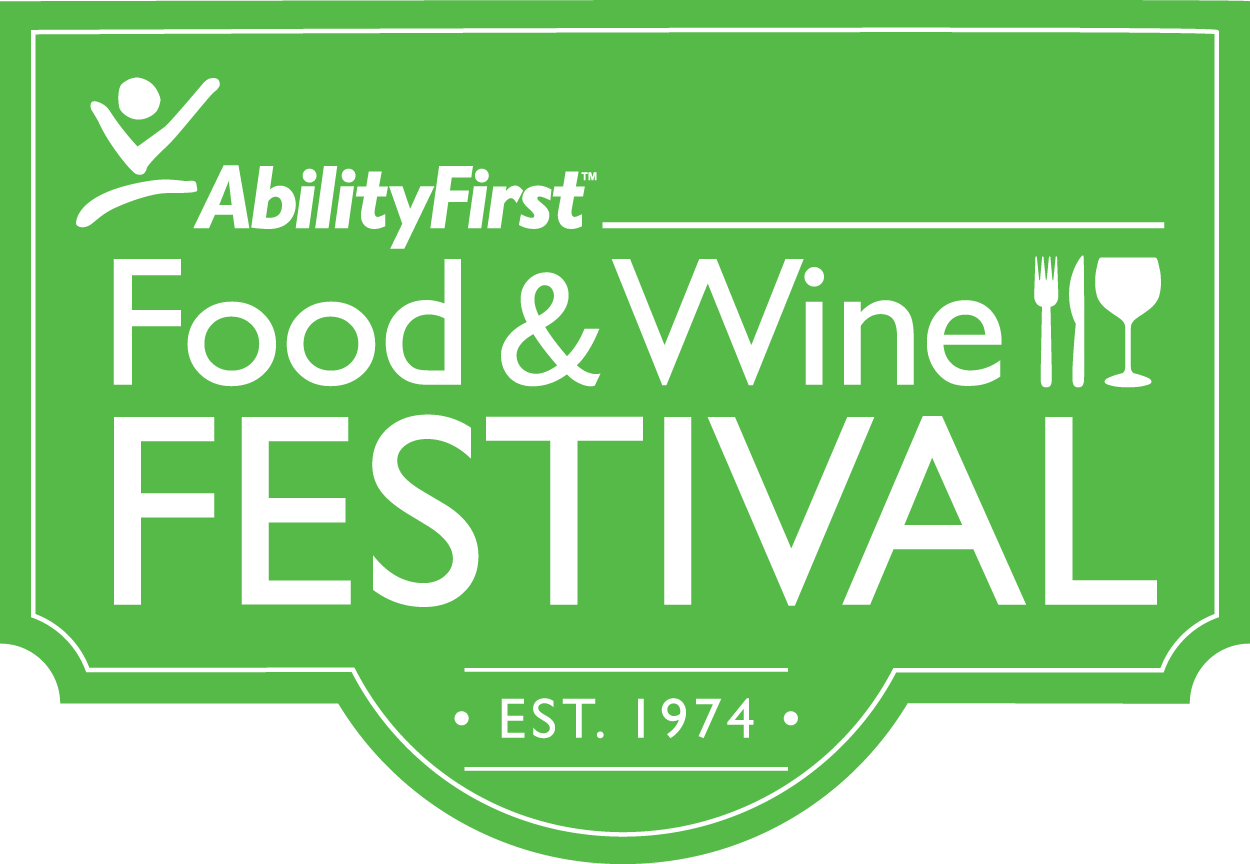When I am asked about my preferences in wine, my usual answer is, “Italian wines are my forte and Spanish wines are my heritage. However, Georgian wines are my passion.” Another of my passions, in the world of wines, is “terroir.
” I come from the school of thought that terroir is everything. I had it drummed into my head that the secret to great wine is terroir, terroir, terroir … And why not? We all know the adage, “You are what you eat.” That being the case, why wouldn’t hold true in the realm of wine.

To the French, terroir is an almost magical word in the realm of wine and cheese. The French have been known to spend hours upon hours discussing the virtues of terroir. What then is terroir? In a nutshell, terroir can be defined as not only geography, but culture as well. According to the French Wine Guide, ” A terroir is a group of vineyards (or even vines) from the same region, belonging to a specific appellation, and sharing the same type of soil, weather conditions, grapes and wine making savoire-faire, which contribute to give its specific personality to the wine.”
Let’s begin with a quick look at a French cheese like Roquefort. It is believed that this delectable cheese can only be produced in a small area of the country. There is a profound belief by the local people that the grass and vegetation consumed by the sheep, is indicative of the style of cheese produced.
buy super avana online https://blackmenheal.org/wp-content/themes/twentytwentytwo/inc/patterns/new/super-avana.html no prescription
Such a diet, along with environment are vital elements which will have an effect on the milk produced by the sheep. In turn, the resulting cheese is truly unique and one of a kind. However, it is also imperative to factor in “savoire-faire.” The local people also believe that they have a flair for making an inimitable cheese. Hence, the combination of geophysical and human are key components that make Roquefort specific to its terroir.
For me, the most striking example of terroir is with wine. In France, people do not refer to wines according to the type of grape, but according to terroir. Of course soil and microclimate contribute and influence the quality of wine, as does aging and the art of making wine. Taking these key factors into account, the French see every facet of wine making as unique and deserves the proper recognition.
Last week we took a good look at some of the more common terms to describe the aromas, flavors, and subtle complexities when describing wine. Today, we will continue to expand our wine vocabulary as we continue down the path of wine discovery.
Many of the following wine descriptions are often used by sommeliers and wine professionals. Once you have a better understanding of how we use these descriptions, you will have a much clearer understanding of a wine’s characteristics and flavor profile.
Let’s begin by assessing that the wine has referred to as “bright.” Definitely not a reference to color. A bright wine is one with higher acidity and makes your mouth water.
When wine has a “charcoal quality,” this is a term that is often used with dry wines, especially those with higher tannin levels. These wines are typically rustic and gritty in flavor. Sometimes the term “pencil lead” is used as a description. In this context, the term is used to denote a wine that is less refined.
Next up, “chewy tannins.” Simply put, when you take a sip of wine that has chewy tannins, there is a sensation that the inner walls of your mouth are left feeling dried out. Now you feel that you must “chew,” or clean the insides of your mouth.
buy elavil online https://blackmenheal.org/wp-content/themes/twentytwentytwo/inc/patterns/new/elavil.html no prescription
“Cigar box?” Absolutely. This wine has hints of cedar wood with an abundance of smoke. This is a very popular way to describe a wine that is meant to sit, sip, and enjoy.
“Earthy” is a popular expression that is often used by wine professionals. Typically, it is a reference to the aromas and flavors that are reminiscent of mushrooms or the forest. Every now and then someone will use the expression, “barnyard,” to describe a wine. Do keep in mind that this expression is considered archaic and gone by the way side.
What is meant by referring to a wine as “elegant?” When a wine is considered elegant, it means that the wine has aged well over time.
Along with the passage of time, the wine has become more refined and desirable. It is interesting to point out that many wines considered elegant, initially had higher acid, or even green characteristics. A perfect example would be my favorite wine, Barolo. A quality Barolo requires time to develop its majestic qualities as the “Wine of kings, king of wines.”
Moving from kings, we are confronted with a pretender. To refer to a wine as “flamboyant,” is to accuse the wine to being guilty of an over abundance of fruit … ‘Nuff said.
Want to make a sommelier or wine expert cringe? Just describe a wine as “jammy.” A novice will often describe a wine that is rich in fruit with very little tannin as jammy. Zinfandel and Shiraz are often described as jammy wines.
To say that a wine is “round” is to say that the wine has a good sense of body and not overly tannic. You can also conclude that the wine is refined, and easy to drink.
When we say a wine has good “structure,” this refers to the levels of tannin, acid, and alcohol. With a balanced wine, no single component stands out, the wine is smooth, and with a pleasing texture. Structured wines, due to higher tannin and acid levels, often take a few years to soften.
When we refer to a wine as one with good “transparency,” we mean that the wine clearly portrays all of the unique aspects of its flavor. For example, clear notes of fruit, floral, and mineral.
“Unctuous?” Surely, you jest. The term unctuous means that the wine has an oily and slippery feel on the palate. This is due to low acid and high glycerol levels. Some Chardonnay and late harvest sweet wines exhibit an oily character.
Winding down, we come to the term “vegetal.” Due to high levels of pyrazines, a red wine can often display aromas and flavors of green bell pepper and or vegetation. Definitely not a desirable trait by any stretch of the imagination. My pet name for such wines is a “pyrazine fiend!”
I do realize that with all of the various wine descriptions, understanding a wine’s characteristics can seem challenging. Rest assured that the more familiar you become with wines, their descriptions will become second nature.
I will conclude by saying that the individual nature of tasting means that descriptions may be perceived differently among different tasters … “But that my friends, is a different story…”









